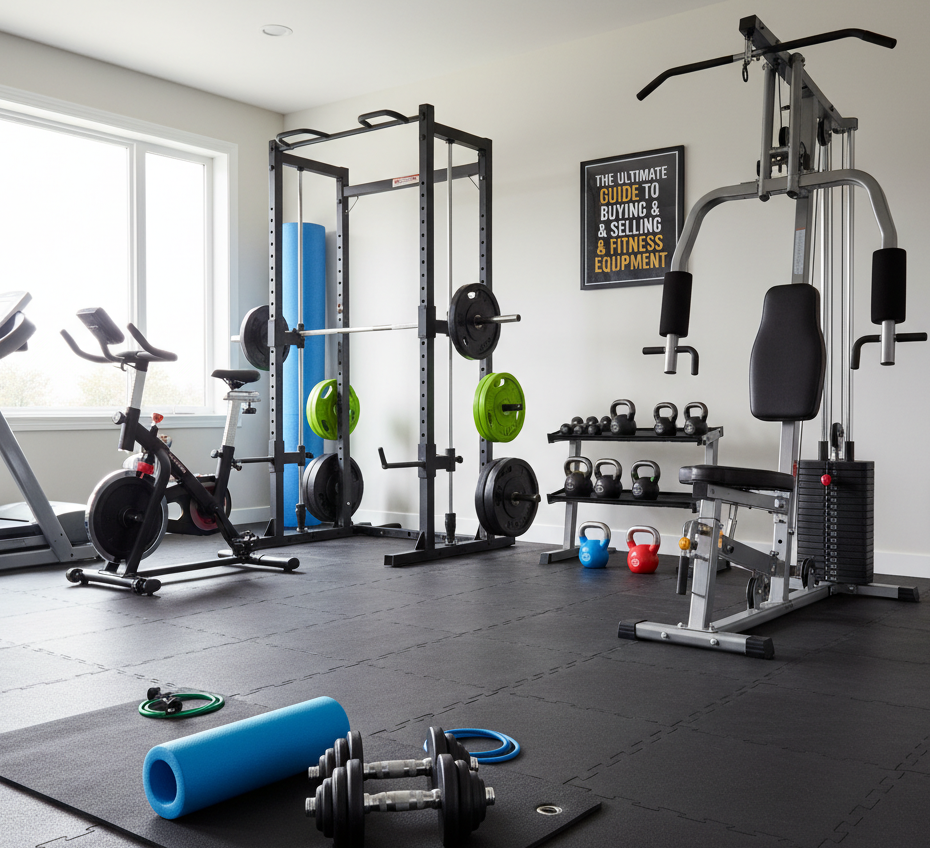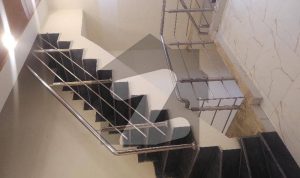In today’s fast-paced world, staying fit and active has become more than just a hobby—it’s a lifestyle. Whether you’re a seasoned athlete, a weekend warrior, or someone just starting their fitness journey, having the right equipment is crucial. The market for sports and fitness gear is booming, with a massive demand for everything from simple yoga mats to complex multi-station home gyms. This guide is your ultimate resource for navigating this dynamic market, whether you’re looking to upgrade your home gym, sell your old equipment, or simply find the perfect gear to kickstart your fitness goals.
Why The Sports & Fitness Equipment Market is On Fire
The COVID-19 pandemic reshaped our lives in many ways, and one of the most significant shifts was the move towards home-based fitness. With gyms closed or operating at limited capacity, people invested heavily in creating their own personal workout spaces. This trend has not slowed down. The convenience and privacy of a home gym, combined with the rising cost of gym memberships, have made owning personal fitness equipment a highly attractive option.
This surge in demand has created a vibrant and active market for both new and used equipment. People are constantly upgrading their gear, selling what they no longer use, and searching for affordable alternatives to brand-new, expensive items. This is where you come in, whether as a savvy buyer looking for a great deal or a seller aiming to make a profit from your old gear.
Part 1: Buying Sports & Fitness Equipment – What You Need to Know
Finding the right equipment can be a game-changer for your workout routine. Here’s a breakdown of key considerations to help you make an informed decision.
1. Define Your Goals & Space
Before you even start browsing, ask yourself: What are my fitness goals? Are you looking to build muscle, improve cardiovascular health, increase flexibility, or a combination of these? The answer will dictate the type of equipment you need.
- For Strength Training: Consider dumbbells, kettlebells, barbells, weight plates, and a weight bench. For a full-body workout, a power rack or a multi-gym machine might be the perfect investment.
- For Cardio: A treadmill, elliptical, stationary bike, or rowing machine can be an excellent choice. Don’t forget smaller, more affordable options like jump ropes.
- For Flexibility & Yoga: A quality yoga mat, resistance bands, foam rollers, and yoga blocks are essential.
Also, consider your available space. A spacious basement can accommodate a full power rack, while a small apartment might be better suited for adjustable dumbbells and resistance bands that can be easily stored.
2. New vs. Used: The Great Debate
The decision to buy new or used depends on your budget and preference.
- New Equipment: Offers the latest technology, a manufacturer’s warranty, and the peace of mind that comes with knowing the item has never been used. However, it comes with a higher price tag. Brands like Rogue Fitness, Peloton, and Bowflex are popular for their quality and innovation.
- Used Equipment: Can offer significant savings, sometimes up to 50% or more off the original price. This is a fantastic way to acquire high-quality, durable equipment from reputable brands for a fraction of the cost. When buying used, be sure to inspect the item thoroughly for wear and tear.
3. Where to Buy
- Online Marketplaces: Platforms like eBay, Facebook Marketplace, and specialized fitness equipment websites are treasure troves for both new and used gear. You can find local sellers and avoid shipping costs for larger items.
- Retail Stores: Stores like Dick’s Sporting Goods, Academy Sports + Outdoors, and dedicated fitness equipment retailers allow you to test out the equipment before you buy.
- Direct from Brands: Many top brands have their own e-commerce websites, often with exclusive deals and new product releases.
Part 2: Selling Sports & Fitness Equipment – Your Comprehensive Guide
Whether you’re decluttering, upgrading, or simply want to monetize your unused gear, selling your equipment can be a lucrative endeavor.
1. Prepare Your Equipment for Sale
First impressions matter. A clean, well-maintained item will sell faster and for a better price.
- Clean and Sanitize: Wipe down all surfaces, check for rust, and remove any dust or grime. For upholstered items, use a fabric cleaner.
- Inspect and Repair: Check for any loose bolts, frayed cables, or damaged parts. If a small repair is needed, it’s often worth doing to increase the item’s value and appeal.
- Gather All Accessories: Make sure you have all original parts, user manuals, and accessories. This adds value and shows you’ve taken good care of the item.
2. Set the Right Price
Pricing your item correctly is key to a quick and successful sale.
- Research the Market: Look at what similar items are selling for on platforms like Facebook Marketplace and eBay. Don’t just look at the asking price—see what items have actually sold for.
- Factor in Condition: A well-maintained, gently used item can command a higher price than one with visible wear and tear. Be honest about the item’s condition in your description.
- Be Flexible: Be prepared to negotiate. Buyers will often make an offer lower than your asking price. Decide on the minimum you’re willing to accept before you list the item.
3. Where to Sell
- Online Marketplaces: Facebook Marketplace is a top choice for selling locally due to its large user base and easy communication. eBay is great for reaching a wider audience, but you’ll have to factor in shipping costs and seller fees.
- Local Classifieds: Websites and local newspapers can still be effective, especially for larger items that are difficult to ship.
- Consignment Shops: Some local sports stores or fitness equipment outlets might offer consignment services, taking a percentage of the sale price.
4. Craft a Winning Listing
Your listing is your sales pitch. Make it count.
- High-Quality Photos: Take several clear, well-lit photos from different angles. Show the item from the front, back, sides, and include close-ups of any unique features or minor imperfections.
- Detailed Description: Be specific. Include the brand, model name, dimensions, weight capacity, and any special features. Mention how long you’ve owned it and why you’re selling it.
- Highlight the Benefits: Instead of just listing features, explain the benefits. For example, instead of “It’s a treadmill,” say, “This treadmill is perfect for indoor running and has a built-in heart rate monitor to help you track your progress.”
- Be Honest: Disclose any imperfections, no matter how small. This builds trust with the buyer and prevents potential disputes later on.
Conclusion: A Healthy Market for a Healthy Lifestyle
The world of sports and fitness equipment is more accessible than ever. Whether you’re a buyer looking to save money on top-tier gear or a seller aiming to make some extra cash, understanding the dynamics of this market is the key to success. By following the tips in this guide, you can confidently buy and sell sports equipment, helping yourself and others on the path to a healthier, more active lifestyle. Remember, the best investment you can make is in yourself, and having the right tools to achieve your fitness goals is a major step in the right direction.









